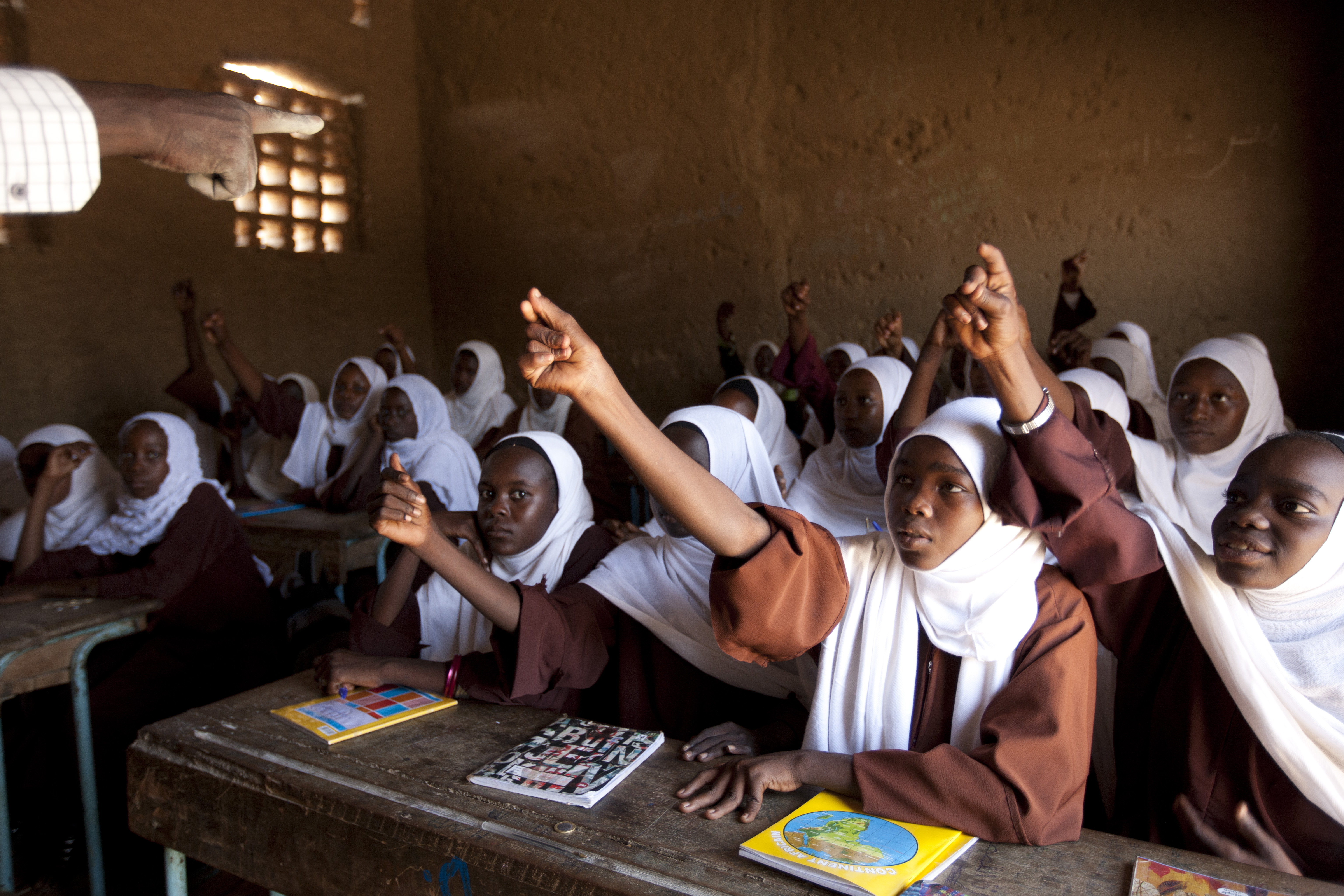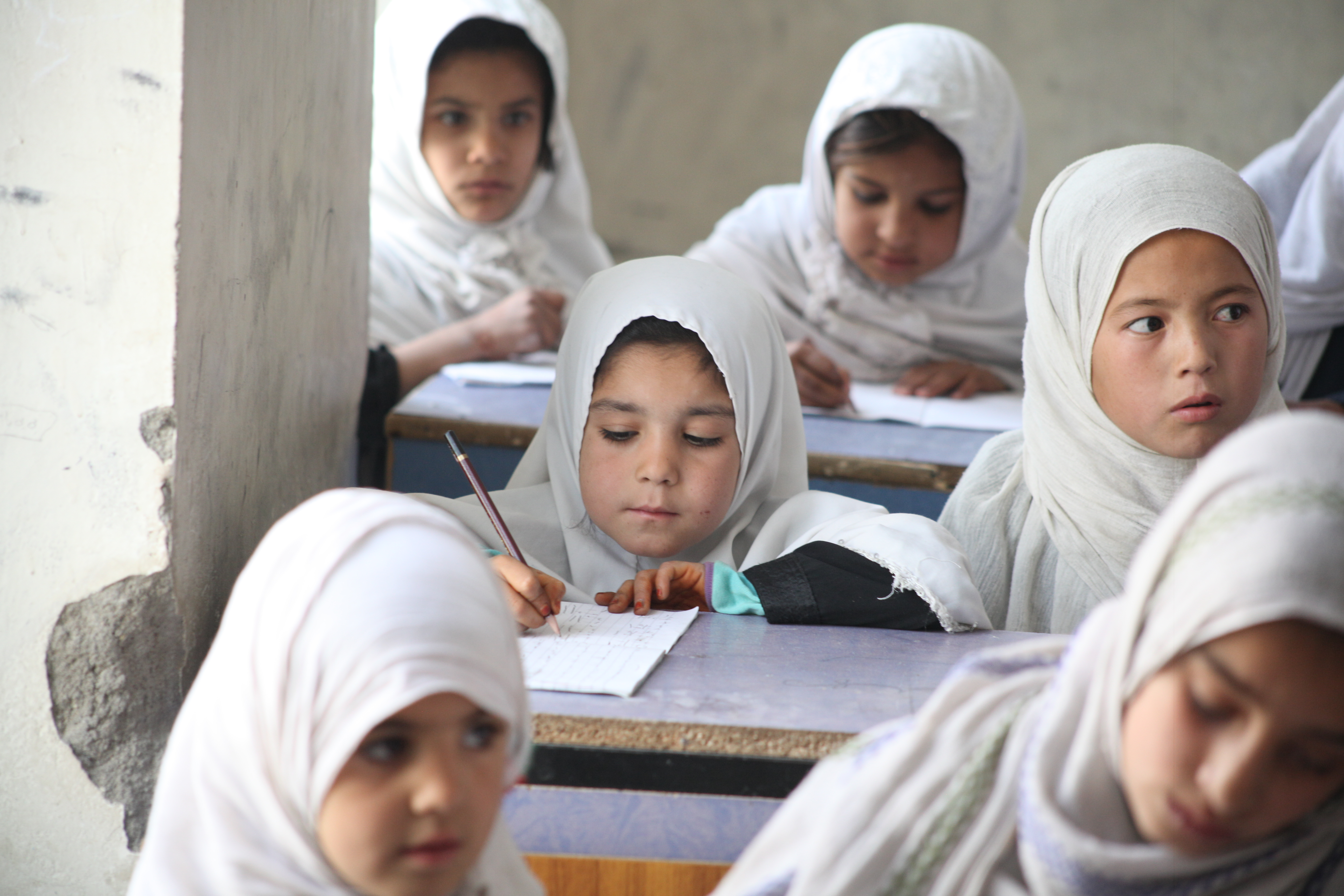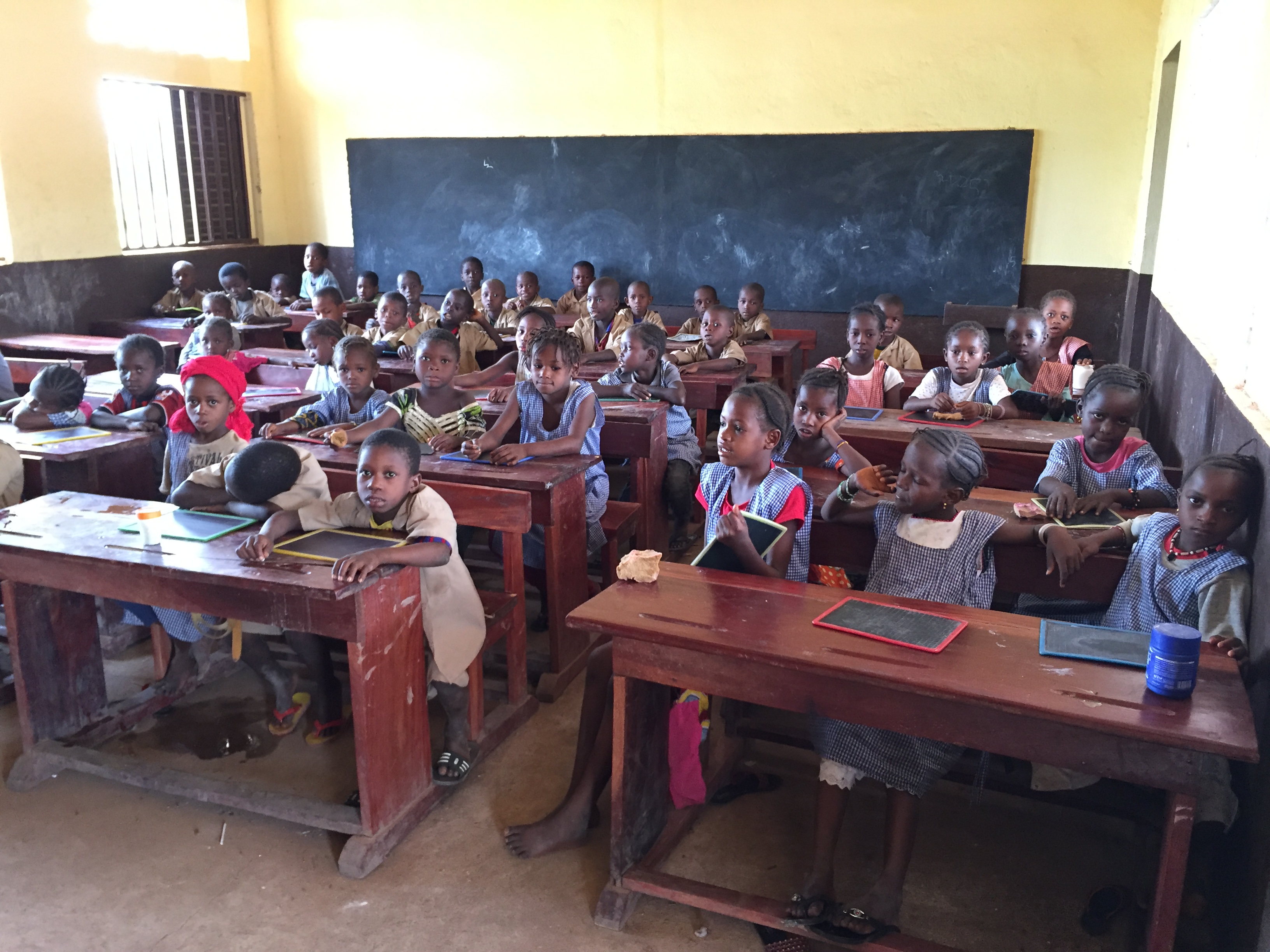Throughout October Women Deliver has been focusing on education, and the importance of looking beyond the classroom when it comes to making sure quality education is available to all. We were lucky enough to talk to Aya Kibesaki, Senior Education Specialist at the Global Partnership for Education about data, marginalized populations, and her experience at the country level. The Global Partnership for Education works to bring together developing countries, donors, international organizations, civil society, teacher organizations, the private sector and philanthropy to improve learning and equity through stronger education systems.
Women Deliver: Based on your experience working at the country level, can you talk to the reasons why so many girls remain out of school? What isn’t working in the way we have been approaching the problem?
Aya Kibesaki: First of all, we should acknowledge the enormous progress that has been made; many more girls are in school now, compared to 10-20 years ago. There are more schools, more teachers, more textbooks, more separate toilets and more girls in school now than ever before. However, it is true that many girls are still out of school, especially the more disadvantaged girls – girls in poorest countries, girls from poor households, those in remote communities, those from certain ethnic/language groups, those with disabilities, and those in conflict-affected areas. Boys from these groups are also disadvantaged, but girls often bear an additional burden due to their gender and the impact on them of the cultural and social norms in their communities.
Women Deliver: So what are the solutions? Can you give a few examples of successful interventions that have led to getting more girls in school, and staying in school?
Aya Kibesaki: In many countries, the elimination of school fees have seemed to contribute to getting more girls and boys to school. In countries like Afghanistan, they have recruited female teachers and set up schools for girls that are culturally acceptable. Some countries have trained teachers in gender-sensitive learning, and have revised the curriculum to move away from traditional gender roles. Studies show that combined interventions, such as conditional cash transfers plus teacher training, can be particularly fruitful.
In Guinea, in some regions they organized support classes in French, math and reproductive health for disadvantaged fifth and sixth grade girls, and their teachers. These girls were found to have a much higher secondary admission rate than girls from other regions. In Nepal, they have organized multiple strategies; provided scholarships to all girls, constructed girls’ latrines, and adopted a quota system to increase the number of female teachers. They also organized sensitization campaigns in the beginning of the school year, mobilizing communities to enroll all children in school.
There is no silver bullet; the solutions need to be tailored to each country’s situation, based on where the bottlenecks are. They need to respond to girls and their families voices too. There is a need to find culturally acceptable and context-specific ways to overcome the barriers girls are facing.

Women Deliver: We focus a lot on getting girls in school, but is that enough? What do they need once they get there?
Aya Kibesaki: Indeed, while there has been great progress in getting more girls into school, that is not enough. Girls need to learn well in school, and also thrive in school. For that, they need curriculum and textbooks that respond to their needs, in a language they are familiar with. They need teachers who are not only well trained on their subject matter, but who also know how gender stereotypes affect both girls and boys, and have the skill to encourage them to overcome these barriers.
They need a school environment that is free of violence, be it verbal, moral or physical. Increasingly, we know that school health and nutrition programs can help girls to stay in school as do life-skills and sexual and reproductive health sessions and access to such services. Beyond access to latrines and clean water for drinking and washing, the provision of private facilities for menstrual hygiene management and provision of sanitary supplies may also help to keep girls in school. And, girls need role models in and outside of schools to inspire them. In areas where social and cultural factors are keeping girls out of school, interventions that engage parents and community leaders alongside interventions in schools can create a more supportive environment for girls both inside and outside of school.

Women Deliver: Of course the ultimate goal is universal education for all children, but do we need to be thinking more about alternatives to traditional education as a way to reach out of school children, especially older adolescents and the most marginalized? Should more attention be paid to opportunities for education outside the traditional schoolhouse model?
Aya Kibesaki: In the short term, alternative education can provide good opportunities for older adolescents and the most marginalized to access knowledge and skills. We can think of contexts when this is important option; for example in conflict affected states, for IDPs and refugees, and for children who have no alternative but to help their families, and for nomadic populations.
However, from the equity perspective, in the long run, it may not be ideal for a country to maintain a parallel system whereby the privileged go to and continue formal schools, and the more disadvantaged get alternative education. For young people who have experienced alternative education, the lack of equivalence with formal examinations and accreditation can be a disadvantage later on. In many countries, more and better education often means greater opportunities in life, be it regards to work, or to other aspects of life. Ideally, alternative education programs include pathways back to formal schooling. At the same time, formal education may need to cater more to the needs of older adolescents and disadvantaged. Some alternative education programs seem to meet the needs of children well, for example offering a condensed curriculum, offering flexible timing and links to apprenticeships and skills training that can link young people with the local job market. Indeed, if children feel that schools would not increase their chances of improving their future lives, they likely would not want to sacrifice an income generating opportunity for an education.

Women Deliver: What about the question of data? Do we need better, different, more data to develop the truly impactful solutions?
Aya Kibesaki: Data can help identify, and target those children who are not accessing school, or dropping out. It can help identify and target regions/districts and schools that do not have enabling learning conditions such as good classrooms, textbooks being available, and teachers being trained. Data can also tell us which groups are doing well and which groups are lagging behind in order to support the development of targeted interventions and more equitable resources allocations to help ensure no one is left behind.
In order to be optimally useful, data on education outcomes should be disaggregated not only by sex but by region and by other factors such as disability and socio-economic status where possible, and should be paired with environmental data on the classroom and teaching. This way a Ministry of Education can be equipped to identify who is disadvantaged where, and what environmental (supply-side) factors are most influential in supporting students.
On the other hand, Ministries of Education can suffer from collecting too much data which is then not fully utilized or from being unable to collect reliable data to inform policy making and investments. And there are limitations to what data can tell us. One has to understand the limitations of data, and that girls’ education might sometimes be impacted by things such as violence in and outside of classrooms, early marriage and pregnancy, and social norms.
